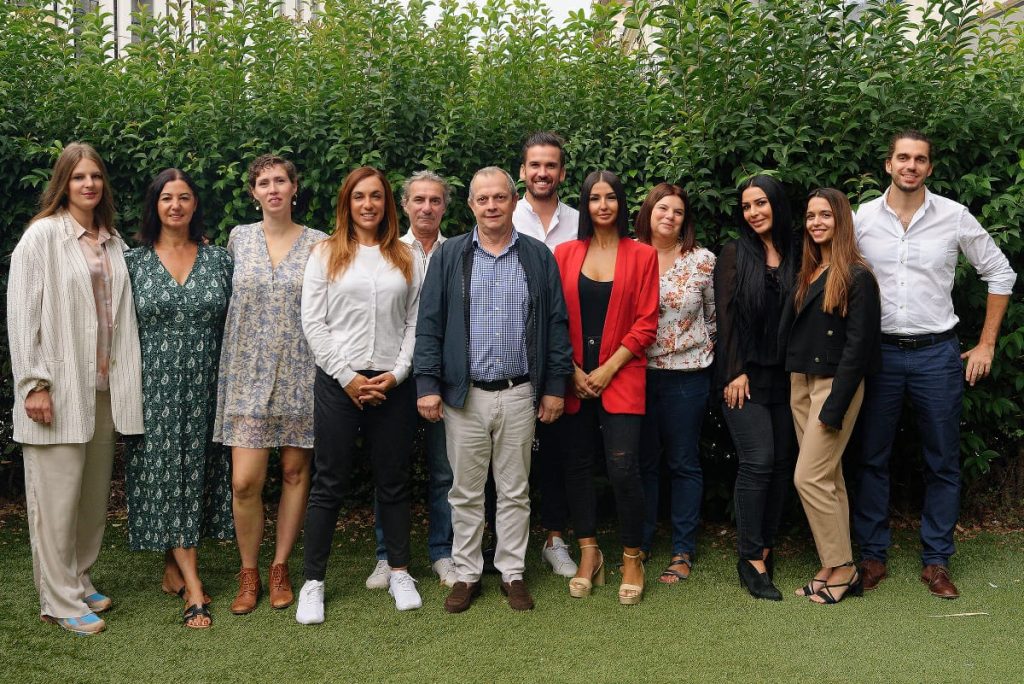The operation
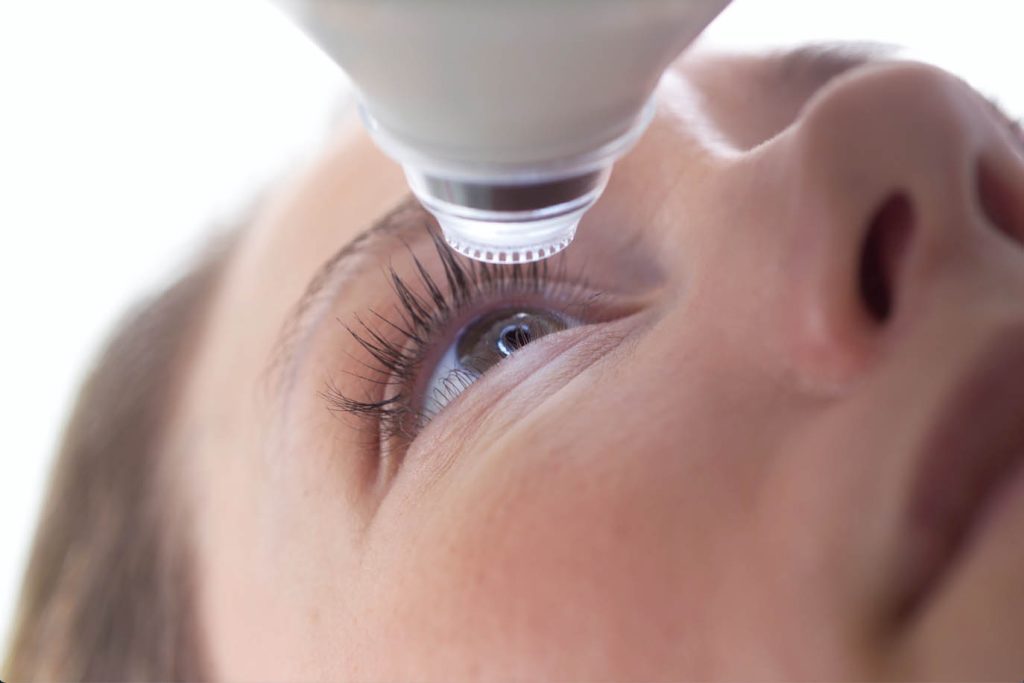
Course
Outpatient: the operation does not require hospitalization, it is performed on an outpatient basis.
Duration: 30 to 45 minutes for both eyes (in the same session).
Type of anesthesia: the operation is performed under local anesthesia (topical) by instillation of anesthetic eye drops. The procedure is therefore completely painless.
Surgical technique: FLAAK® (Femto Laser Aesthetic Annular Keratopigmentation)
It takes place in two stages:
- Creation of a micro tunnel in the thickness of the cornea with the Femtosecond laser VisuMax (Zeiss), the only Femtosecond laser allowing 100% laser keratopigmentation.
- Introduction and distribution of the pigment in the tunnel.
The surgeon introduces the BiochromaEyes pigment necessary for the coloring of the cornea in the micro tunnel. The pigment is distributed in a harmonious way by working on areas of different density to offer the most natural rendering possible. In the periphery, as found on a natural eye, a darker limbic ring is voluntarily left without pigment in order to give contrast and relief to the eyes.
Immediate post-op: as soon as the patient leaves the operating room, after a snack, a mirror is presented to the patient in order to appreciate the result. This moment is always very rich in emotion.
Post-operative follow-up: A first mandatory follow-up appointment is held the morning after the operation.
A second obligatory check-up at 3 months allows the final result of the operation to be assessed.
Evolution of the result
Although the color change is visible immediately after the procedure, it is not the definitive color or intensity. In colorimetry, as in dermopigmentation, the final result is obtained only after a few weeks. During this period, a natural phenomenon of resorption gives a “patina” effect to the pigment. The result of the FLAAK® keratopigmentation technique becomes more and more natural with time.
Touch up
In some cases, the intensity or color of the pigment may fade over time. This resorption is natural and can be increased by various factors: exposure to the sun without protective glasses and a lifestyle with aggravating factors. A touch-up can then be considered to restore the initial shine of the keratopigmentation.
Please note:
In pigmentation (dermo and keratopigmentation), it is recommended that low densities be used for a first surgery to obtain the most natural result possible. Low densities avoid unnatural results obtained with medium or high densities. If necessary, a touch-up can be performed 3 months after the initial surgery.
The laser used
The laser is the same as the one used for the correction of myopia, namely the Femtosecond laser. This type of laser revolutionized refractive surgery in the 2000s with the appearance of the LASIK and SMILE techniques. Every year, more than two million patients worldwide benefit from this technology to correct their visual defects. (put “visual defect” as a link to the page “kerato and refractive surgery”)
For keratopigmentation, the laser is used to create a micro-tunnel in which the pigment is introduced. This “tunneling” technique has been used since 2004 in surgery for keratoconus (corneal disease) and the placement of intra-corneal rings in the tunnel.
Among all Femtosecond lasers, the Femtosecond VisuMax laser from the German manufacturer Zeiss allows the micro-tunnel and its 2 access paths to be made in a 100% automated way to introduce the pigment. The absence of one or more manual incisions with a scalpel, as required by some other Femtosecond lasers, allows for optimal safety, comfort and results! In Nice, only New Color in partnership with the New Vision Clinic offers keratopigmentation with the Femtosecond VisuMax laser (Zeiss).
Comparison of lasers for keratopigmentation
| Femtosecond laser VisuMax (Zeiss) at New Color/New Vision | |
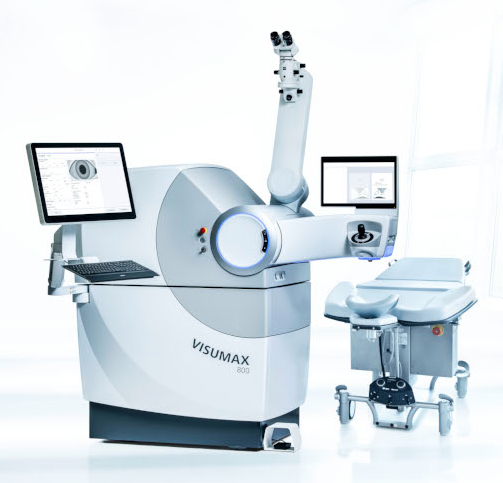
|
|
| Realization of a laser micro-tunnel | Yes |
| Time to complete the micro-tunnel | 6 seconds |
| Tunnel access routes for pigment introduction | 2 access roads 100% automated thanks to the laser |
| Contact with the eye during the realization of the micro-tunnel | Respect for the curvature of the eye = no pressure on the eye = normal vision during the execution = aesthetically unharmed eye |
| Result after pigmentation |
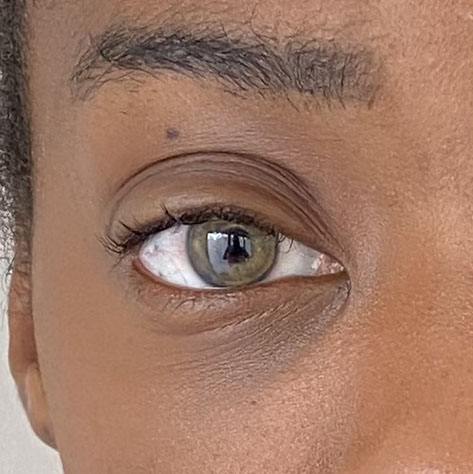
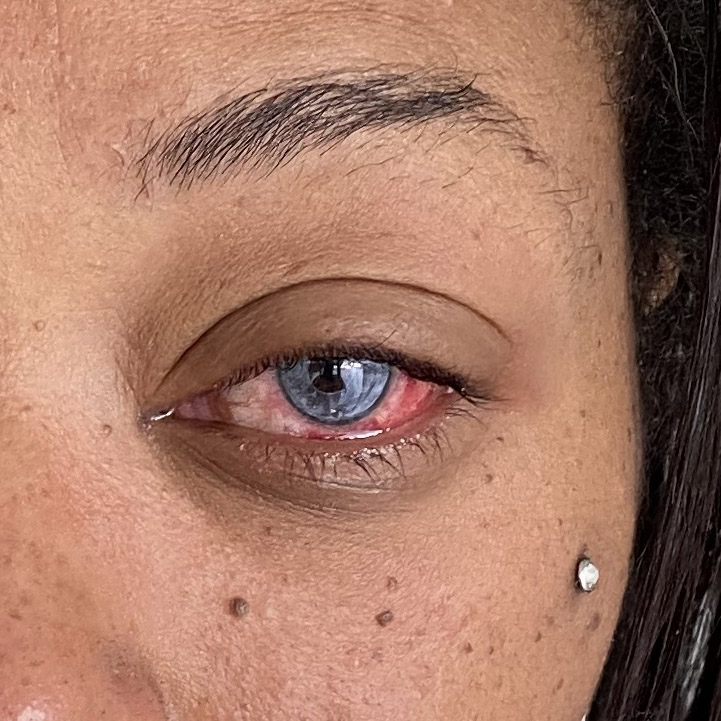
|
| Prices found around the world |
Between €7,500 and €12,000 for both eyes
from 4000€ for both eyes
|
Pigments
The pigment used, BioChromaEyes®, is manufactured in France by BIOTIC Phocea Laboratories, the only manufacturer in the world to offer a sterile pigment for the eye. BioChromaEyes® is an Implantable Medical Device having obtained the CE IIb Medical mark. The pigment can thus be introduced intra-corneally in an operating room, in accordance with the requirements of the ANSM (Agence Nationale de Sécurité du Médicament et des Produits de Santé) and the European health safety agencies.
BIOTIC Phocea Laboratories started their activity in 1999 under the impulse of Doctor Jean-Paul Tiziano. They have quickly become the market leader in medical and aesthetic pigmentation thanks to their unique know-how and world-renowned expertise.
Manufactured in a controlled atmosphere with rigorously selected raw materials, BioChromaEyes® pigments are 100% French made. BIOTIC Phocea Laboratories’ production chain guarantees the traceability and control of the BioChromaEyes® pigments manufacturing conditions, thus offering candidates for FLAAK® keratopigmentation an optimal level of safety and quality.
Perfectly biocompatible and adapted to the pH of the cornea, the BioChromaEyes® pigment is available in shades identical to the colors of the iris, for a natural and immediate result.
Laboratoires BIOTIC Phocea have today a wide range of BioChromaEyes® pigments in which New Color has selected the best of them to offer to the patient a natural result, as well for surgeries with aesthetic or therapeutic purpose.
“BioChromaEyes® is the only medical device certified CE under the European Directive since 2010. It was developed within BIOTIC Phocea Laboratories by a pool of French doctors and ophthalmologists for the greatest safety of users. Ten years of experience and numerous scientific publications make it the only pigment authorized by the French and European health authorities for keratopigmentation. Its implantation in the cornea does not lead to any inflammatory reaction, our device being biocompatible.”
A word from Mrs. Sandie Tiziano, President of Laboratoires BIOTIC Phocea
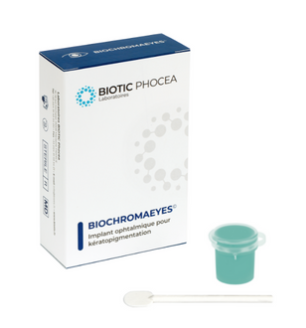
The New Color team
The New Color team is delighted to welcome you and to accompany you throughout your project. The team is made up of professionals recognized in their field of expertise. Throughout your journey, you will have the opportunity to meet them.
